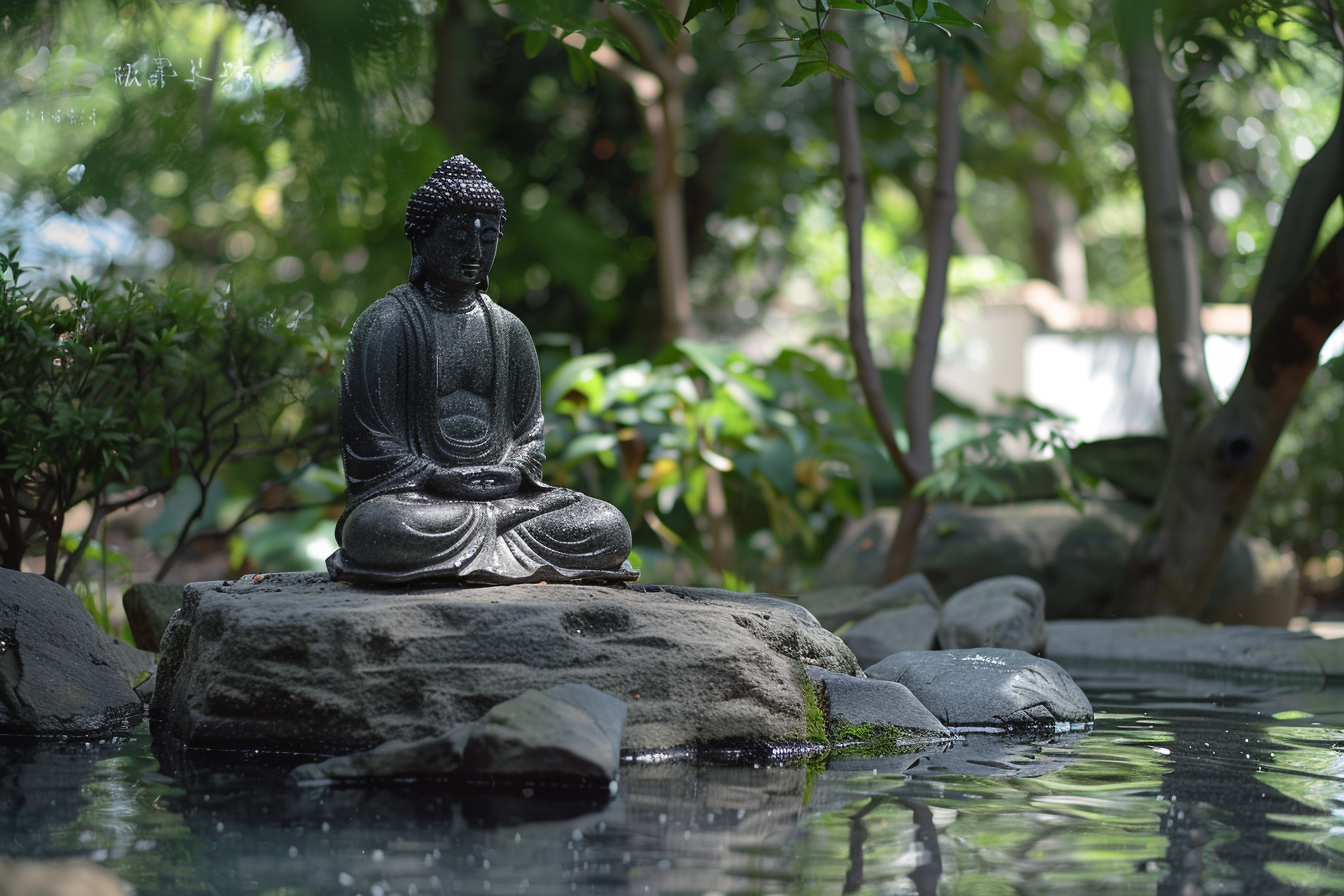Last Updated on May 24, 2025 by Casey
Life’s a whirlwind, isn’t it? Stress, deadlines, and a million things vying for your attention – finding a moment to just breathe can seem like a luxury. But what if there was a simple way to bring more peace into your daily life?
That’s where meditation comes in. It’s not just about sitting cross-legged and chanting (although that’s cool too). Meditation trains your mind to find stillness even in the midst of chaos.
The Science-Backed Benefits of Meditation
Think of meditation as a workout for your brain. Here’s what it can do for you:
- Reduced stress and anxiety: Because hey, who couldn’t use a little less of that?
- Improved focus and concentration: Laser-beam attention, coming right up!
- Enhanced emotional balance: Feelings are less likely to knock you off course.
- Better sleep: Trade those restless nights for sweet, sweet slumber.
“But I’m Too Busy!” – Your Meditation Solution
The biggest misconception? You need hours of free time. Nope! Here’s how to create a meditation habit that actually fits your life:
- Start Small: We’re talking 2 minutes at first. Yes, really! Anyone can find 2 minutes.
- Make it a Trigger: Link meditation to something you already do – right after your morning coffee, before bed, etc.
- Set the Scene: Find a quiet spot where you feel comfortable. A comfy chair works just as well as a cushion on the floor.

Simple Steps to Begin
- Sit comfortably: Find a good posture that lets you relax, but keeps your back upright.
- Focus on your breath: Notice the rise and fall of your chest, the feeling of air passing your nostrils.
- Mind Wandering? No Worries! Your thoughts will stray – that’s totally normal. Just gently guide your attention back to your breath.
- Two minutes, that’s it: Don’t overcomplicate it in the beginning
Consistency is Key
Like any new skill, the magic happens with practice. Commit to your two-minute sessions daily for two weeks, and you’ll start noticing a shift.
Iphone Meditation Apps
Try a meditation app, that will not only guide you through meditations, but will also keep track of your meditation habit. Be sure to review your habit each week during your weekly review.
Dealing with Distractions
Don’t stress about stray thoughts! Observe them, maybe even chuckle at how busy your mind is, then come back to your breath. It’s all part of the process.
Your Takeaway
Meditation isn’t a magic bullet, but it’s a powerful tool for navigating life’s ups and downs with more grace. Start with two minutes a day, be patient, and watch how a little stillness can transform your world.
Let me know how those two minutes feel!
Related: Get your 30 Days of Meditation Printable





